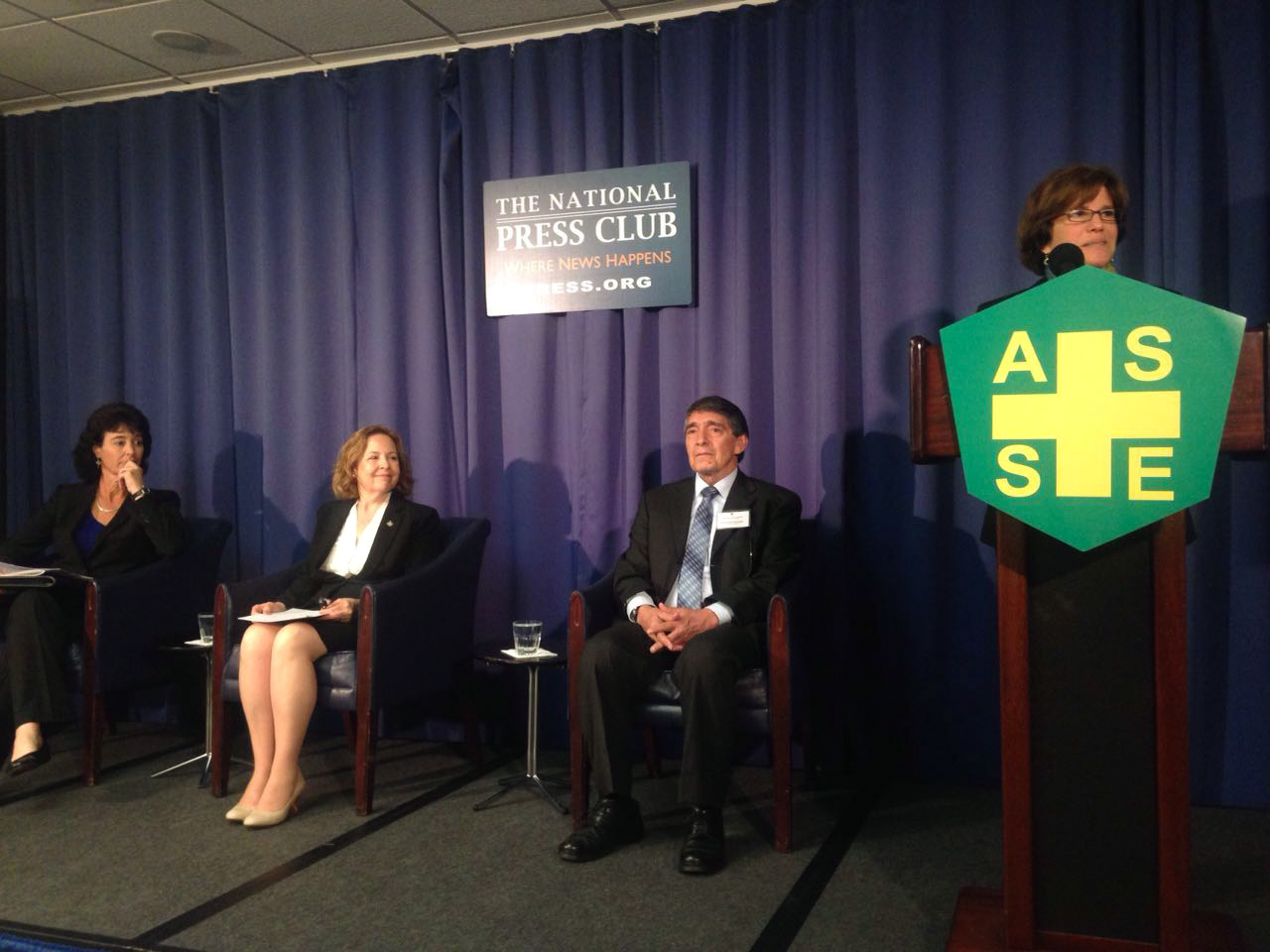WASHINGTON — Young temporary construction workers — those under the age of 25 — are at increased risk for injury and death, according to a report released this week.
Young workers in small firms are identified as the most vulnerable in the construction industry, with Latino immigrants under 25 at the greatest risk, the National Institute for Occupational Safety and Health and the American Society for Safety Engineers said in the report, which was released Wednesday.
More than 1.7 million Hispanic immigrant workers received special attention, as they account for approximately 20 percent of the construction workforce and report increased numbers of occupational injuries. According to the report, cases of nonfatal injury or illness among Latino workers almost doubled from 1992 to 2006 to more than 30,000.
Young workers account for nearly a half of the staff at Selectemp, an employment services provider based in Oregon, said Duane Grange, safety director at the company.
Grange said lack of training is the biggest problem that adds to workforce hazard.
“When they (secondary employers) call, they just tell us, ‘Hey, I need three people tomorrow, I need three people tonight, or I need 10 people’ … Are they going to have enough time to train them? That’s the issue we deal with every day”, said Grange,
“Most temporary workers, they are going to do whatever they are asked to do, whether they get trained or not.”
Approximately 18.1 million workers in the Unites States were between the ages of 16 to 24 in 2013, representing 13 percent of the workforce, with about 4.6 percent of employed in construction, according to the report. However, the construction industry accounted for 8.8 percent of injuries and illness among young workers.
The temporary staffing industry has been expanding fast during the U.S economic recovery from the Great Recession, allowing companies to better manage labor needs as well as deal with the fluctuation of supply and demand flexibly. But temp hires are often paid less than their permanent counterparts with little to no benefits.
“It’s the balance between two agencies,” said Thomas Cecich, senior vice president of ASSE. “Within the Department of Labor, when OSH says you have to keep the worker safe, and the wage and so on. And Labor says, if you do too much, now they are your employees.”
Communication barriers with younger workers have also become a concern, said Dawn McCartney, director of contingent workforce strategies and research at Staffing Industry Analysts.
“We found that the younger generation communicates differently than we do,” McCartney said.
“Older workforce is more on one-on-on talk, share, interact,” said Grange, “but now it’s hard to even call them. They are more on social media, so you must learn how to communicate with them and follow up to make sure they understand what they’ve been trained. “

